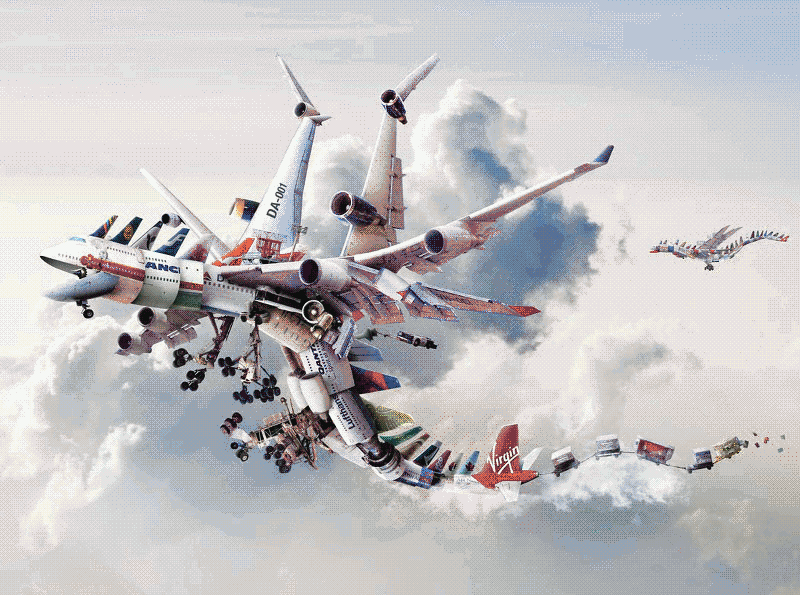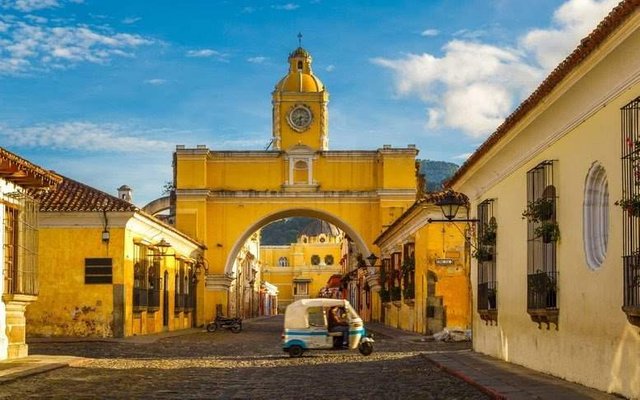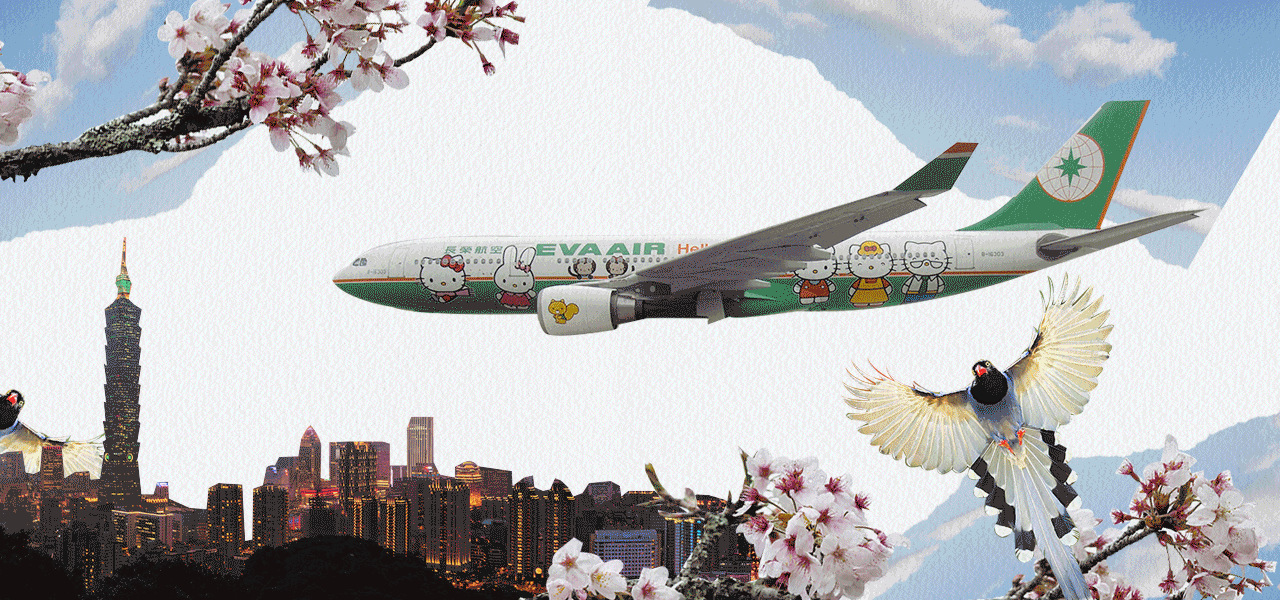Ask the Travel + Leisure staff where we want to travel in 2019, and most of us will answer, honestly, where don’twe?

When it comes to singling out the best vacation spots and compiling our annual year-end list of the places we’re most excited about in the coming months, narrowing down the field is easier said than done. We pore over press releases, tourism statistics, and our overflowing spreadsheets of hotel openings, restaurant debuts, and new flight routes before deciding where to go on vacation. We consider the anecdotal evidence: Where are our friends and families going on vacation? What vacation destinations are we seeing on Instagram? Which places seem to be part of today’s travel zeitgeist? And, as always, we turn to our network of travel experts for vacation ideas — trusted writers, hospitality professionals, the travel advisors that make up T+L’s A-List — to see where people are actually going, and which places are the ones to watch in the coming year.
This year’s list of the best vacation spots spans the globe, from exciting southern hemisphere cities like Santiago, Chile, and Brisbane, Australia, to harder-to-reach regions like Langkawi, Malaysia and the Danish Riviera. There are the new capitals of culture — Nairobi, Kenya, home to a emergent design scene, or Panama City, with a deluge of forward-thinking restaurants and bars — and the tourism destinations that are back in fighting form after natural disasters or human conflict, including Puerto Rico, the Turquoise Coast of Turkey, Egypt, and Montecito, California. And, of course, there are the destinations that we haven’t heard much about, but certainly will soon — places like India’s remote Andaman Islands, or the art and history-filled emirate of Sharjah, in the U.A.E., or the under-the-radar wine scene in Etyek, Hungary.

Travel dates back to antiquity where wealthy Greeks and Romans would travel for leisure to their summer homes and villas in cities such as Pompeii and Baiae.[7] While early travel tended to be slower, more dangerous, and more dominated by trade and migration, cultural and technological advances over many years have tended to mean that travel has become easier and more accessible.[8] Mankind has come a long way in transportation since Christopher Columbus sailed to the new world from Spain in 1492, an expedition which took over 10 weeks to arrive at the final destination; to the 21st century where aircraft allow travel from Spain to the United States overnight.
Travel in the Middle Ages offered hardships and challenges, however, it was important to the economy and to society. The wholesale sector depended (for example) on merchants dealing with/through caravans or sea-voyagers, end-user retailing often demanded the services of many itinerant peddlers wandering from village to hamlet, gyrovagues (Wandering Monks) and wandering friars brought theology and pastoral support to neglected areas, travelling minstrels practiced the never-ending tour, and armies ranged far and wide in various crusades and in sundry other wars.[7] Pilgrimages were common in both the European and Islamic world and involved streams of travellers both locally (Canterbury Tales-style) and internationally.[9]

In the late 16th century it became fashionable for young European aristocrats and wealthy upper class men to travel to significant European cities as part of their education in the arts and literature. This was known as the Grand Tour, it included cities such as London, Paris, Venice, Florence and Rome. However, The French revolution brought with it the end of the Grand Tour.[7]
Travel by water often provided more comfort and speed than land-travel, at least until the advent of a network of railways in the 19th century. Travel for the purpose of tourism is reported to have started around this time when people began to travel for fun as travel was no longer a hard and challenging task. This was capitalised on by people like Thomas Cook selling tourism packages where trains and hotels were booked together.[10] Airships and airplanes took over much of the role of long-distance surface travel in the 20th century, notably after the second World War where there was a surplus of both aircraft and pilots.[7]

Banglawolf
Posted using Partiko Android
Thank you so much for being an awesome Partiko user! We have just given you a free upvote!
The more Partiko Points you have, the more likely you will get a free upvote from us! You can earn 30 Partiko Points for each post made using Partiko, and you can make 10 Points per comment.
One easy way to earn Partiko Point fast is to look at posts under the #introduceyourself tag and welcome new Steem users by commenting under their posts using Partiko!
If you have questions, don't feel hesitant to reach out to us by sending us a Partiko Message, or leaving a comment under our post!
Downvoting a post can decrease pending rewards and make it less visible. Common reasons:
Submit
Congratulations @banglawolf! You have completed the following achievement on the Steem blockchain and have been rewarded with new badge(s) :
You can view your badges on your Steem Board and compare to others on the Steem Ranking
If you no longer want to receive notifications, reply to this comment with the word
STOPTo support your work, I also upvoted your post!
Do not miss the last post from @steemitboard:
Downvoting a post can decrease pending rewards and make it less visible. Common reasons:
Submit